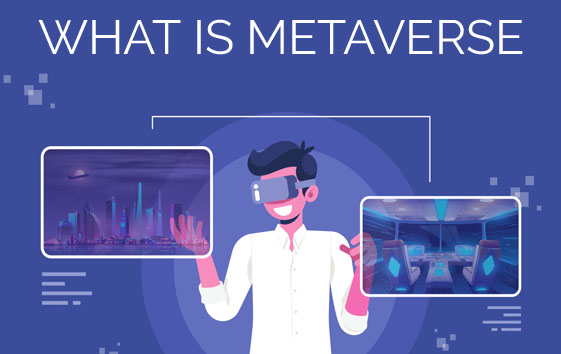Hi Friends...
Happy Independence Day:
We are celebrating our 73rd independence year. This blog is based on Patriotic theme.
Before beginning, I would like to say that this blog is one of the best blogs of mine.
It is a completely content-driven blog, there is nothing like assumptions and Imaginary. We, As A Indian struggle lot in our life every day and this successful launch brings very high satisfaction in our life. I knew that many people from different areas feeling proud and some of them even do not know about this. But As A Indian if we tell them what we achieved, they will definitely feel proud as a Person, as an Indian, as a Nation.
This victory can not be belonging to any particular party or politician. This victory completely belongs to our scientist and their team and its hard work. I have listened so many times Modi hai toh mumkin hai etc. But this time, we have to stand above these types of slogans, mentality, and cheap politics. Oppositions saying this project was sanctioned in out Govt but Chandrayaan-1 was sanctioned in Atal Ji Govt. but launched in Manmohan Ji Govt. So we have to move ahead of this kind of thing. The time is for cheering as an Indian, nothing is more important than this. This is the time to think about what we can achieve as a developing nation and how can we grow together.
Under an overcast sky at the Sriharikota spaceport on 22 July 2019, India took a giant leap to the moon. A successful landing would make India the fourth country to achieve a soft landing on the Moon, after the space agencies of the USSR, USA, and China. ISRO's GSLV-MKIII carrying Chandrayaan-2 lifted off from Sriharikota at 2:43 pm, 17 min later, injected into a geostationary transfer orbit the lunar craft comprising an Orbiter, a Lander, and a Rover. It is expected to make a soft landing on the moon at 2:58 am on September 7, making India the only fourth nation. K Sivan, ISRO chairman said we have bounced back with flying colors.
Our PM Narendra Modi Ji said The launch of Chandaryaan-2 illustrates the powers of our scientists and the determination of 130 crore Indians to scale new frontiers of science. Every Indian is immensely proud today.
Chandaryaan-2 study map lunar surface to trace origin and evolution of the moon, study the extent of water on and below lunar surface and payloads to study lunar topography seismography, minerals, surface chemical composition. It will include water and find possibilities of human life on earth's natural satellite with the aim to colonizing it. Chandrayaan-1's moon impact probe had detected the signature of water. Chandrayaan-1 was the first Indian lunar probe under the Chandrayaan program. It was launched by the Indian Space Research Organisation in October 2008 and operated until August 2009. The mission included a lunar orbiter and an impactor. India launched the spacecraft on 22 October 2008 from Satish Dhawan Space Centre, at Sriharikota. The mission was a major boost to India's space program as India researched and developed its own technology in order to explore the Moon. On 14 November 2008, the Moon Impact Probe separated from the Chandrayaan orbiter and struck the south pole in a controlled manner, making India the fourth country to place its flag on the Moon. It carried high-resolution remote sensing equipment for visible, near-infrared, and soft and hard X-ray frequencies. Over a two-year period, it was intended to survey the lunar surface to produce a complete map of its chemical characteristics and three-dimensional topography. The polar regions are of special interest as they might contain ice. The lunar mission carried five ISRO payloads and six payloads from other space agencies including NASA, ESA, and the Bulgarian Aerospace Agency, which were carried free of cost. Among its many achievements was the discovery of the widespread presence of water molecules in lunar soil. After almost a year, the orbiter started suffering from several technical issues including failure of the star sensors and poor thermal shielding. Chandrayaan-1 stopped sending radio signals on 28 August 2009, shortly after which the ISRO officially declared the mission over. Chandrayaan-1 operated for 312 days as opposed to the intended two years but the mission achieved 95% of its planned objectives.
Chandrayaan 2 has carried 14 payloads to the moon, here are 3 key instruments:
1) On Orbiter: Terrain mapping camera-2 will prepare detailed 3D map of lunar surface.
2) Vikram The Lander: Radio anatomy of moon measure TEC of lunar ionosphere and its morphology.
3) Pragyan, The Rover: Laser inducted breakdown spectroscope to derive chemical composition and infer mineralogical composition of lunar surface
Like Chandryaan-1 found water, we are expecting that Chandrayaan-2 will find more things on the south pole. The primary objectives of Chandrayaan-2 are to demonstrate the ability to soft-land on the lunar surface and operate a robotic rover on the surface. Scientific goals include studies of lunar topography, mineralogy, elemental abundance, the lunar exosphere, and signatures of hydroxyl and water ice. The orbiter will map the lunar surface and help to prepare 3D maps of it. The onboard radar will also map the surface while studying the water ice in the south polar region and the thickness of the lunar region.
We have already received Earth images from Chandrayaan-2. It will take appr. 48 days to reach the south pole of the moon. We all are pretty much excited about and hopefully, we will successfully complete Chanderyaan-2 like Chanderyaan-1.
I hope this blog will definitely inspire you to do something good in your resp. field.
Thanx for reading. Till then have fun.
I am proud to be an Indian.
Jai Hind... Jai Bharat...
Thanks
Sourabhgupta.com























